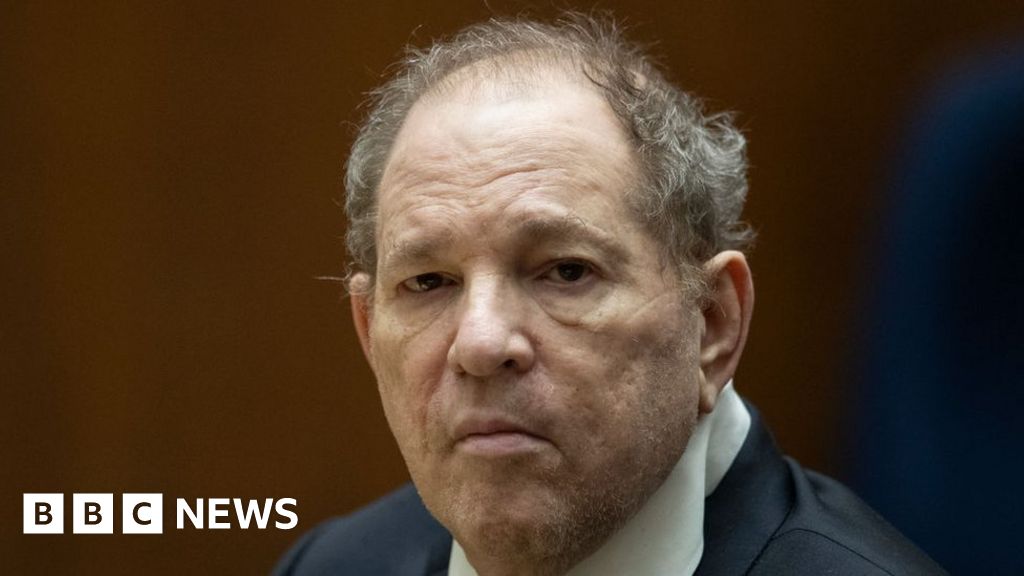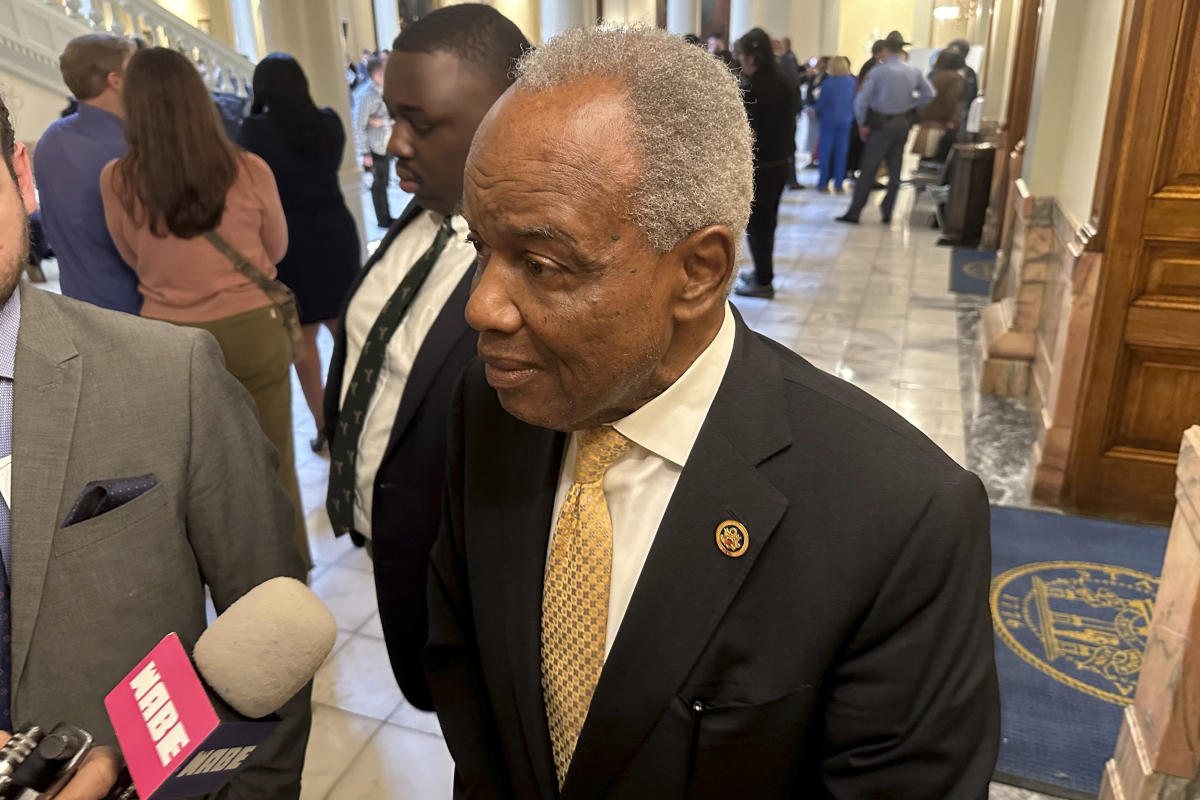Australia’s energy authority says power outages in Victoria during fierce storms in February 2024 were caused by damage to electricity poles and power lines, contradicting social media posts that placed the blame on the “failure of renewable energy”. A preliminary report from the Australian Energy Market Operator said there was enough electricity being generated to meet demand in the state, but “constraints on the network” prevented supply to homes and businesses.
“Victoria has provided a snapshot of Australia’s power future with a massive blackout due to the failure of renewable energy to cope with storms and requirements,” reads part of a post on social media platform X shared here on February 14, 2024.
The post was directed at Chris Bowen, Australia’s minister for climate change and energy after fierce storms in the state of Victoria on February 13 that at its peak knocked out power to more than half a million homes and businesses (archived link).
Other posts claiming renewable energy had “failed” were shared elsewhere on X here, here and here.
But energy officials said damage to infrastructure — transmission towers and power lines — caused the outage by disrupting the distribution of electricity to homes and businesses.
Widespread damage
In statements on the day of the storms, the Australian Energy Market Operator (AEMO) — the country’s energy authority — said major transmission lines tripped and there was widespread damage to power lines and critical energy infrastructure (archived link).
The following day, Victoria’s Department of Energy, Environment and Climate Action (DEECA) said the severe weather downed “hundreds of power poles and lines” across the state (archived link).
Australia’s national broadcaster published images of toppled transmission towers here and here (archived links here and here).
In a preliminary report of the incident, AEMO said the distribution grid — rather than the generation of electricity — was responsible for the outages (archived link).
It said the collapse of the towers had a “significant impact on the Victorian power system”.
“There was enough generation in the Victoria region to meet demand, however, due to constraints on the network, this generation was not able to supply the load,” the report said.
Guillermo Narsilio, an infrastructure expert at the University of Melbourne, agreed with AEMO’s assessment, telling AFP in a March 5 email that “power lines and transmission towers going down seem to be the immediate cause” (archived link).
He said transmission towers and high-voltage power lines “are engineered with a high degree of resilience, but they are not infallible”, especially when faced with “rare, strong events”.
“Good design, maintenance, monitoring and operation are critical; this must be coupled with [a] good, capable workforce,” Narsilio said.
Bruce Mountain of Victoria University also told AFP in a March 6 phone call the collapse of critical transmission lines and damage to the distribution network were responsible for the power outages (archived link).
Mountain, who also heads the Victoria Energy Policy Centre, told AFP that while two wind farms disconnected from the grid, as intended, this was a standard fail safe designed to prevent damage and ensure stability” (archived link).
“The outages had nothing to do with the wind farms,” he said.
AFP has previously debunked misleading claims about the reliability of renewable energy here and here.

David Turner is a globe-trotting journalist who brings a global perspective to our readers. With a commitment to shedding light on international events, he explores complex geopolitical issues, offering a nuanced view of the world’s most pressing challenges.







